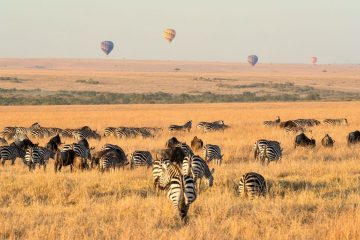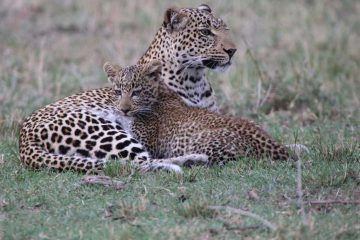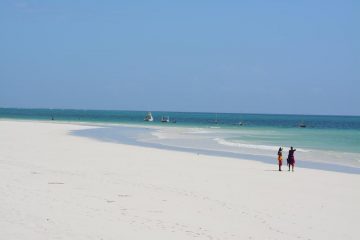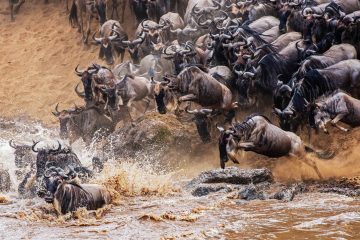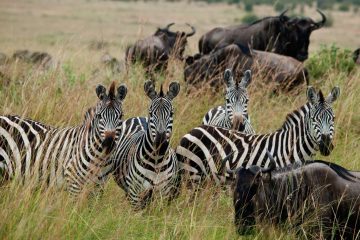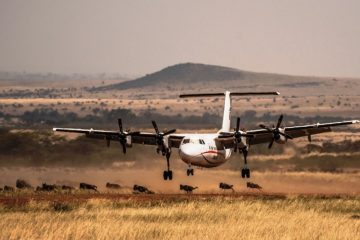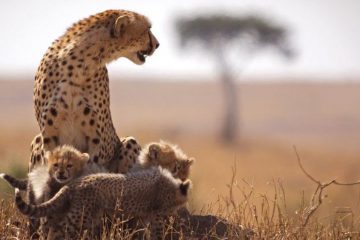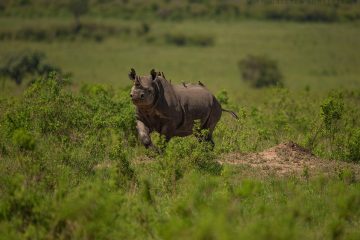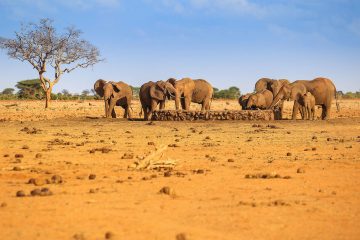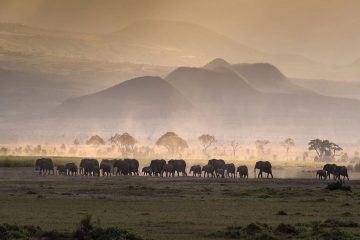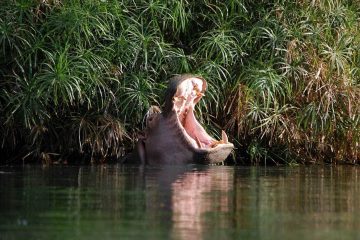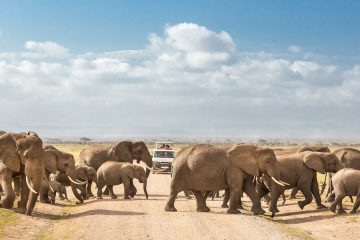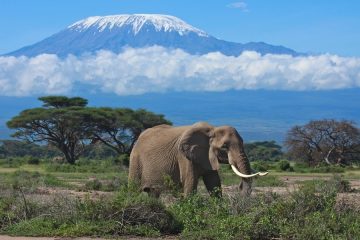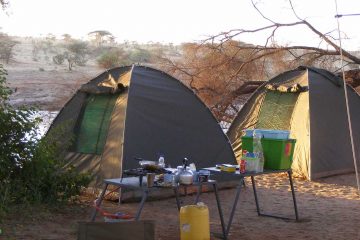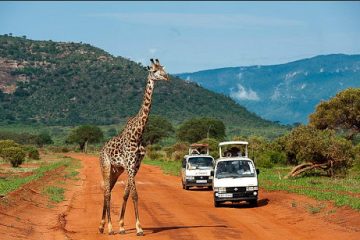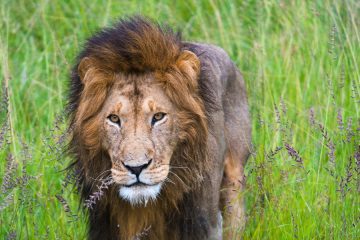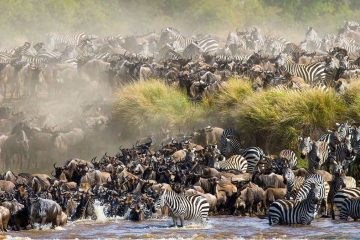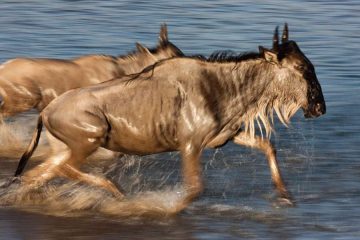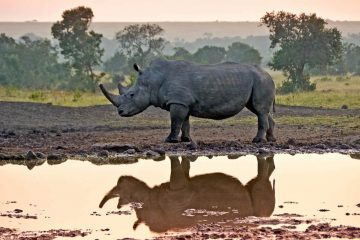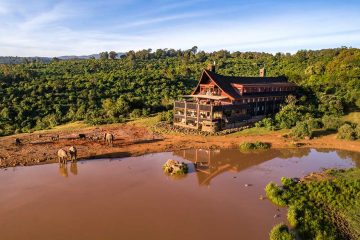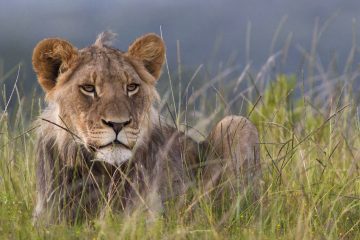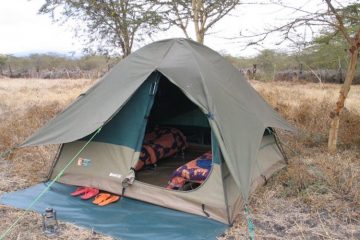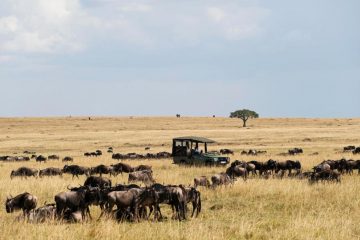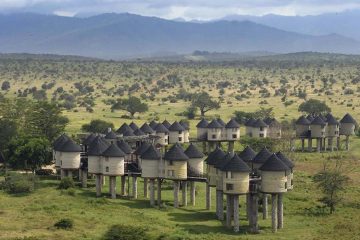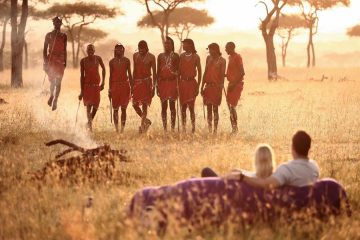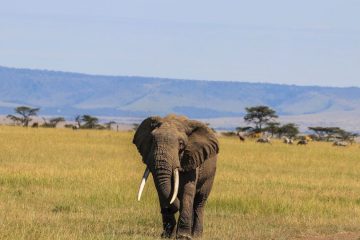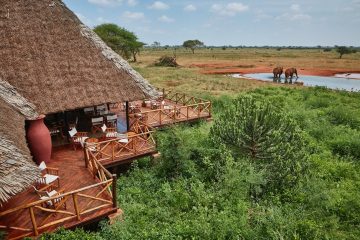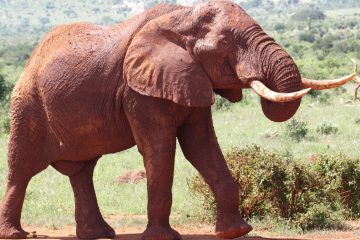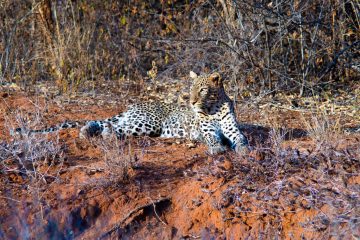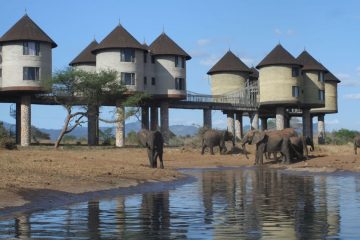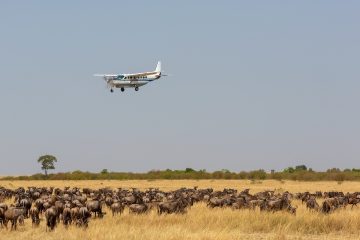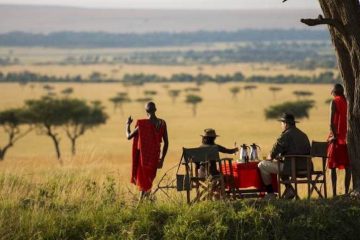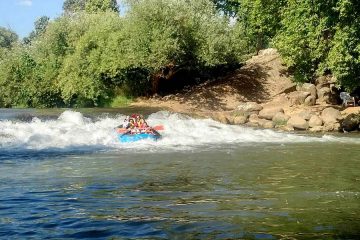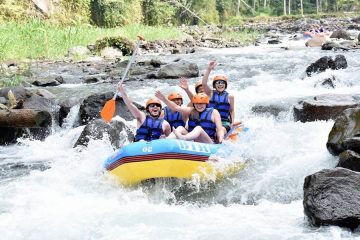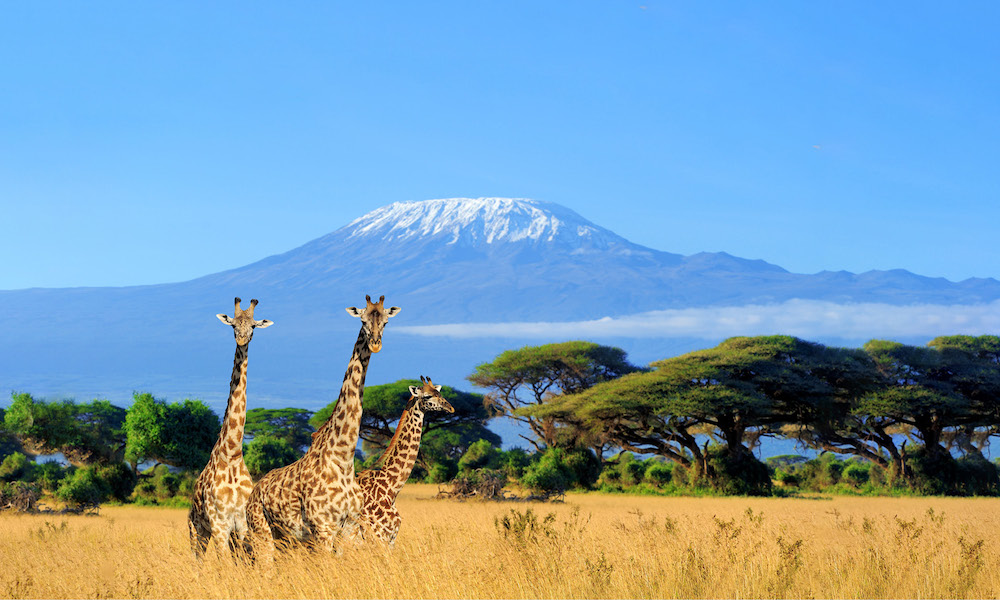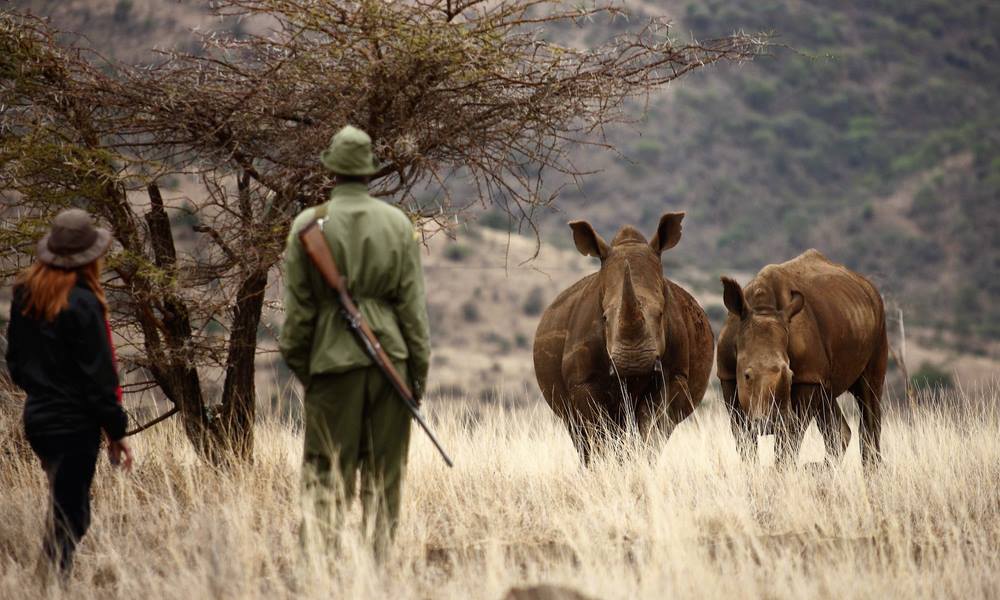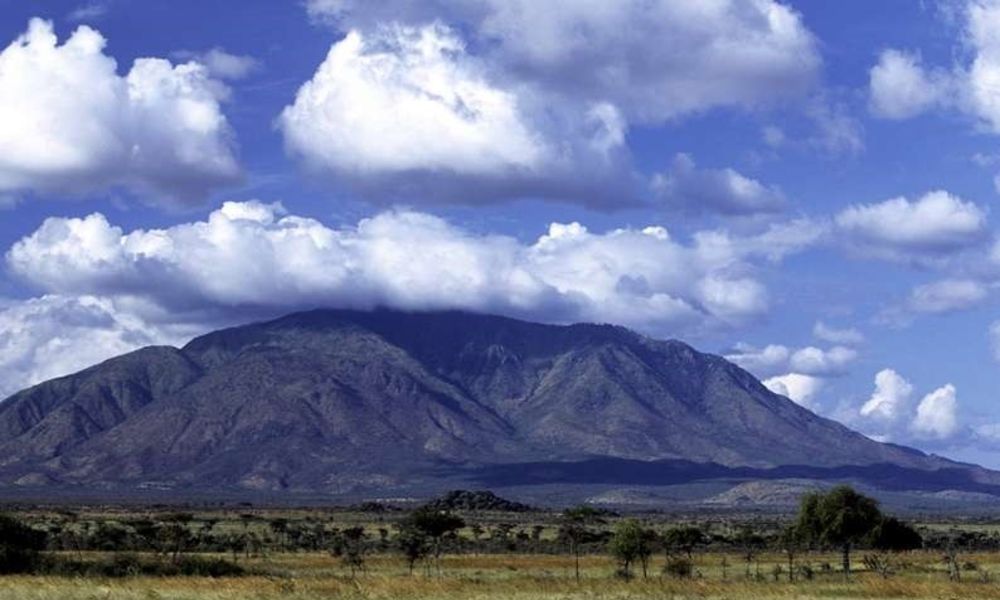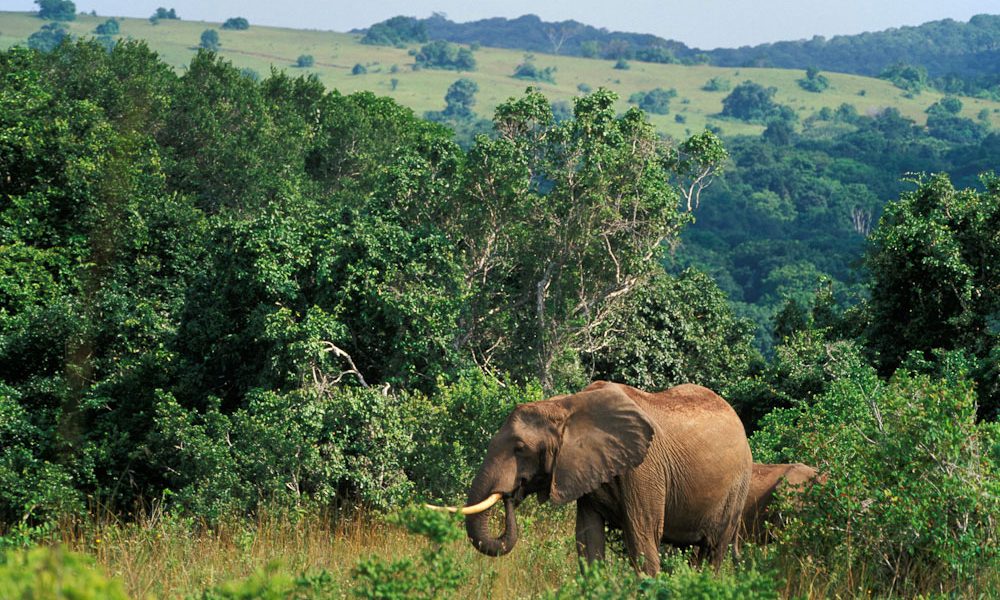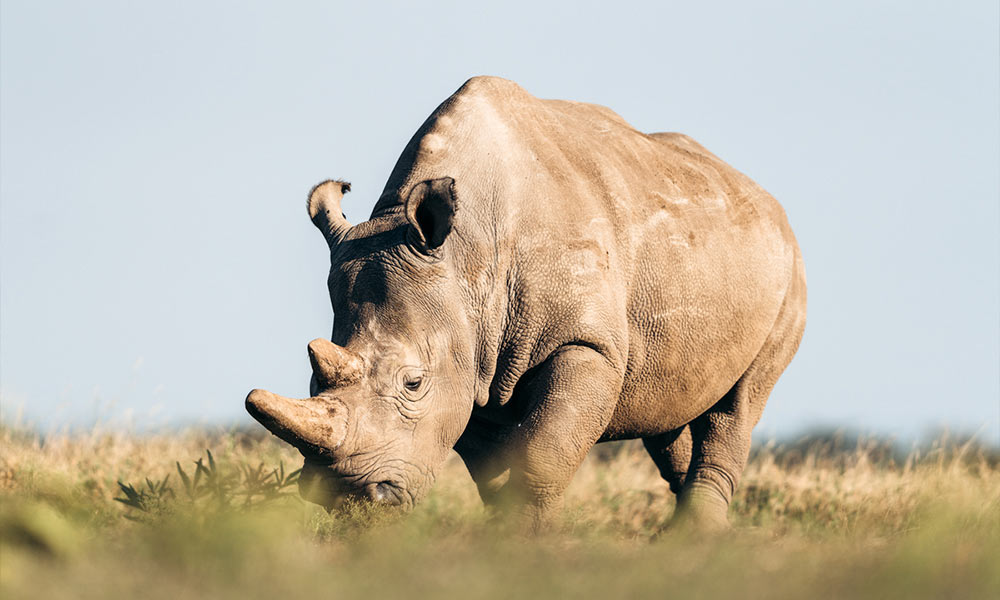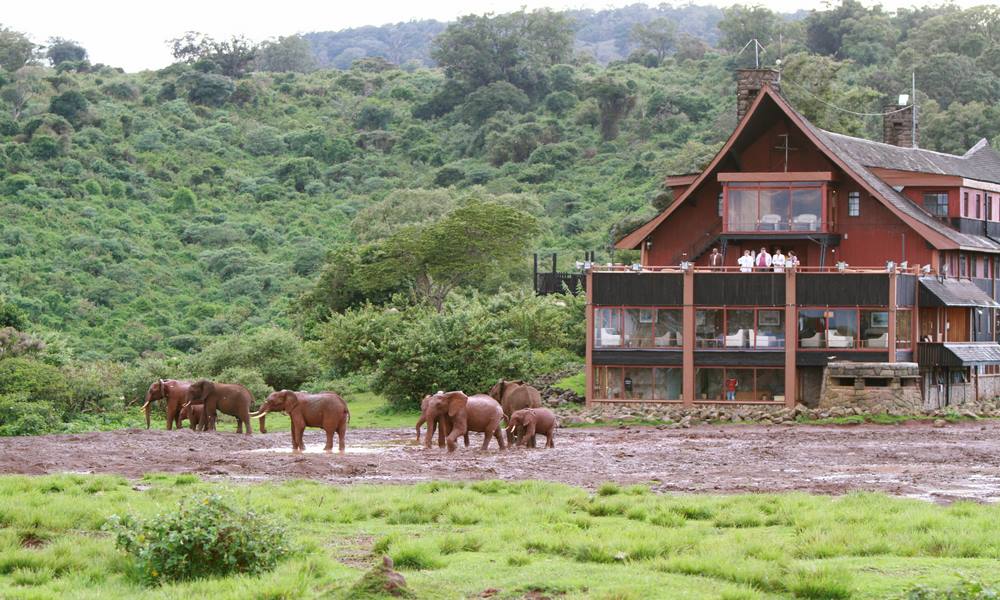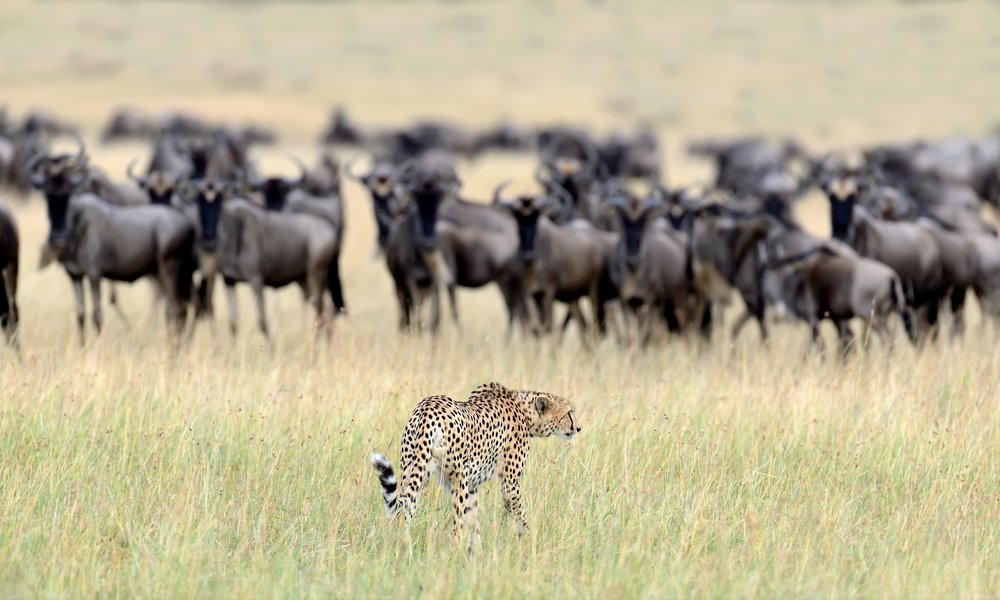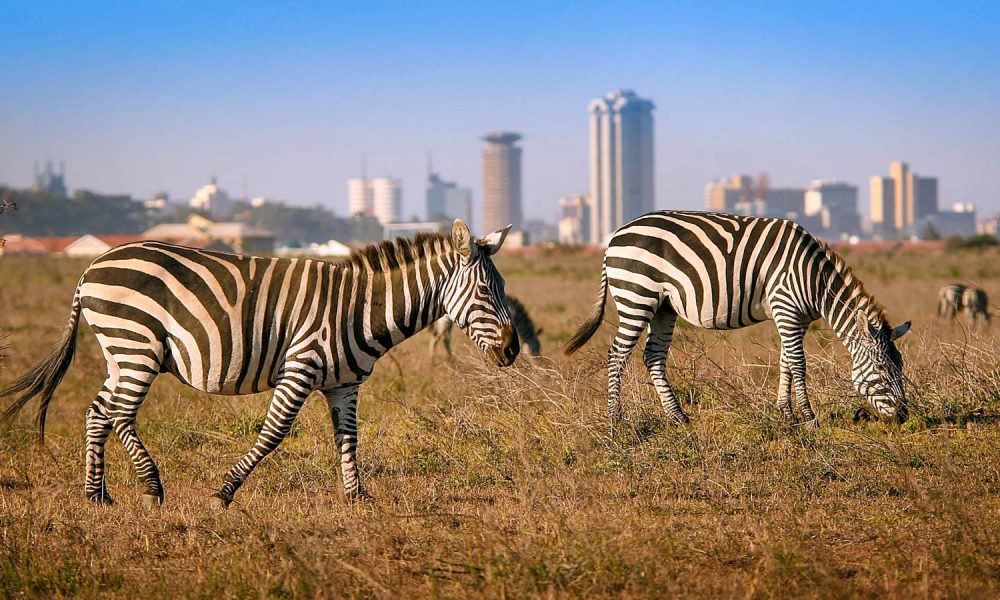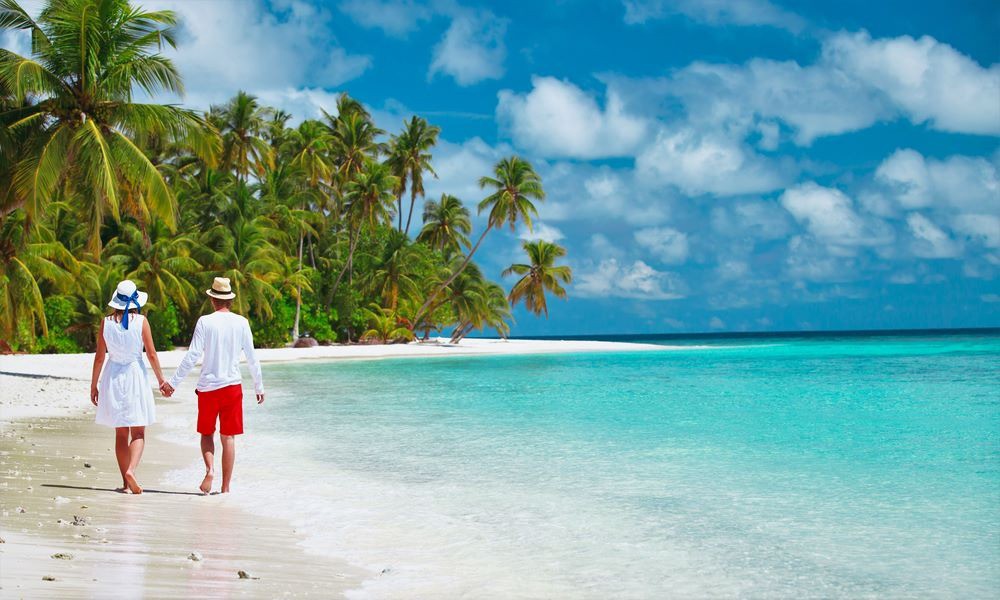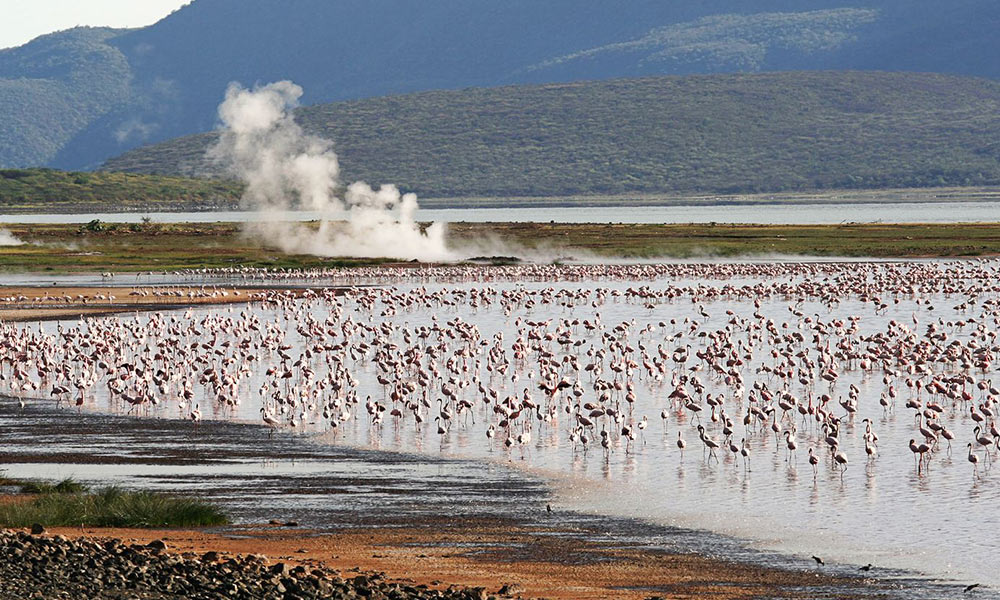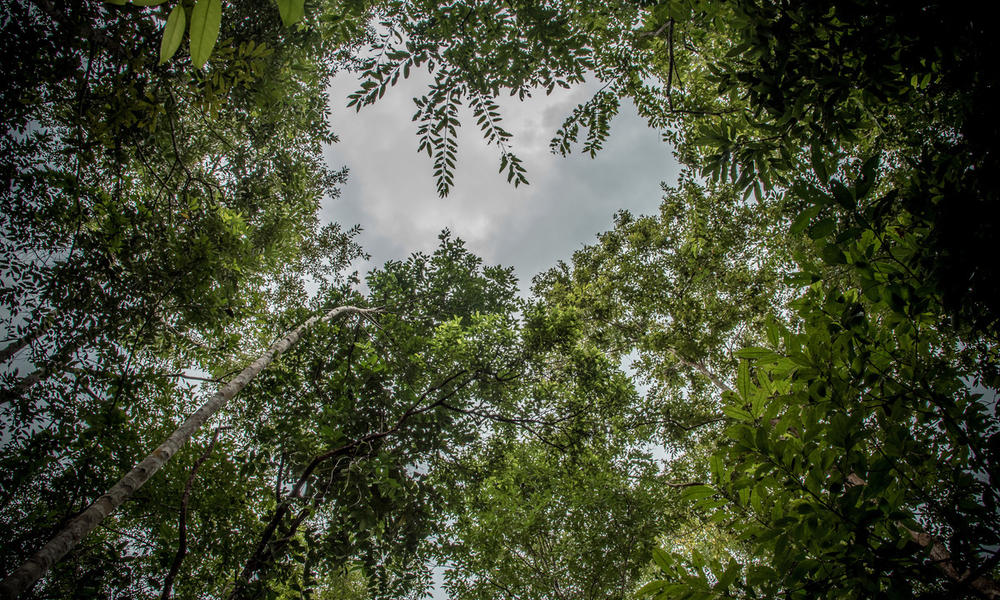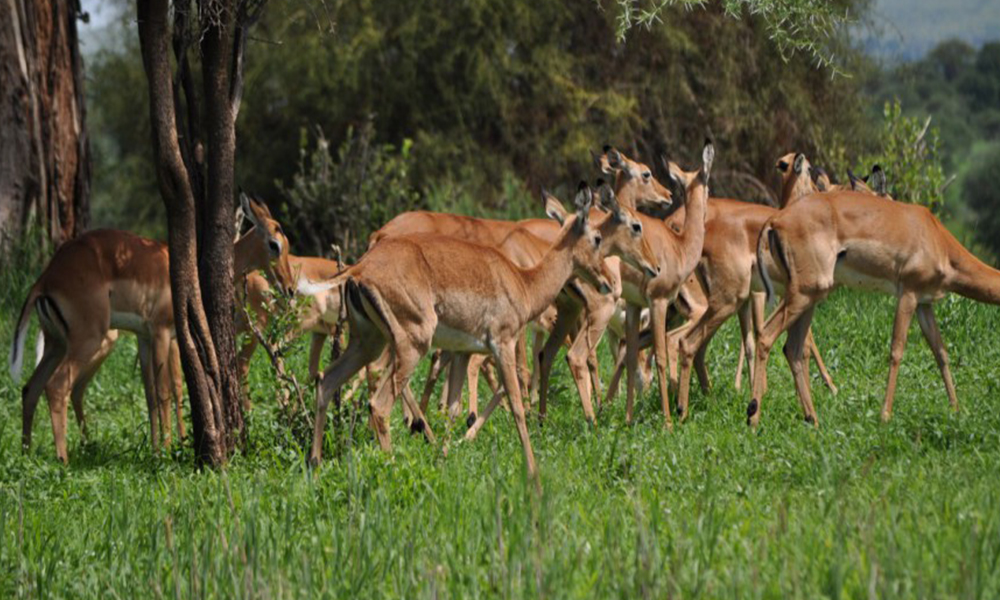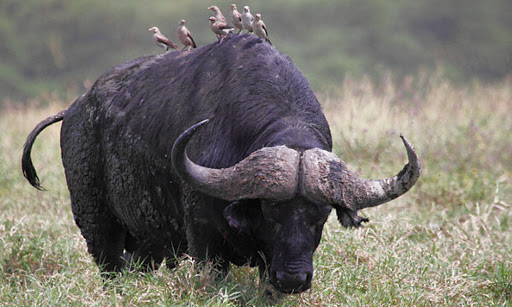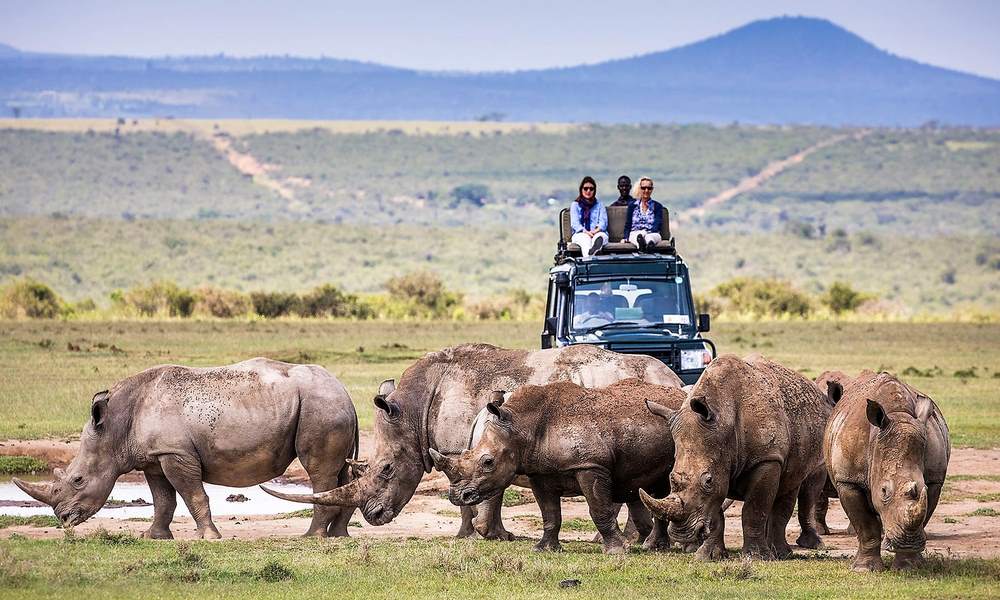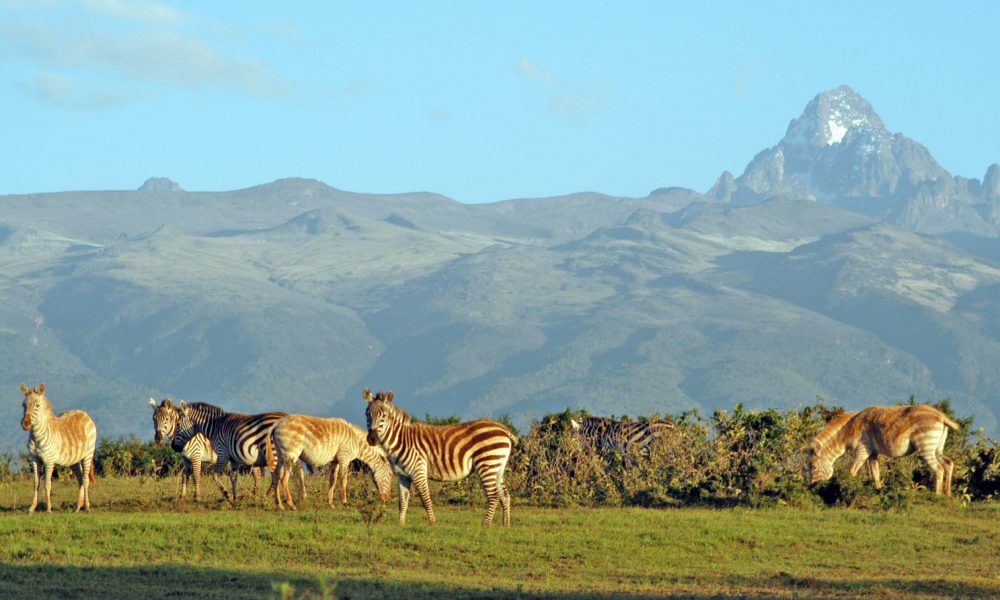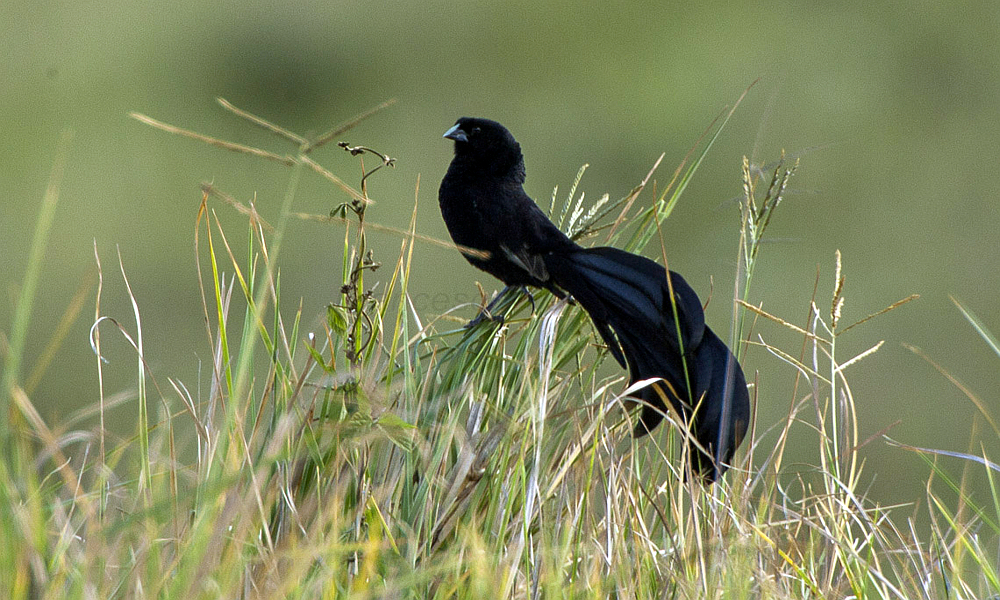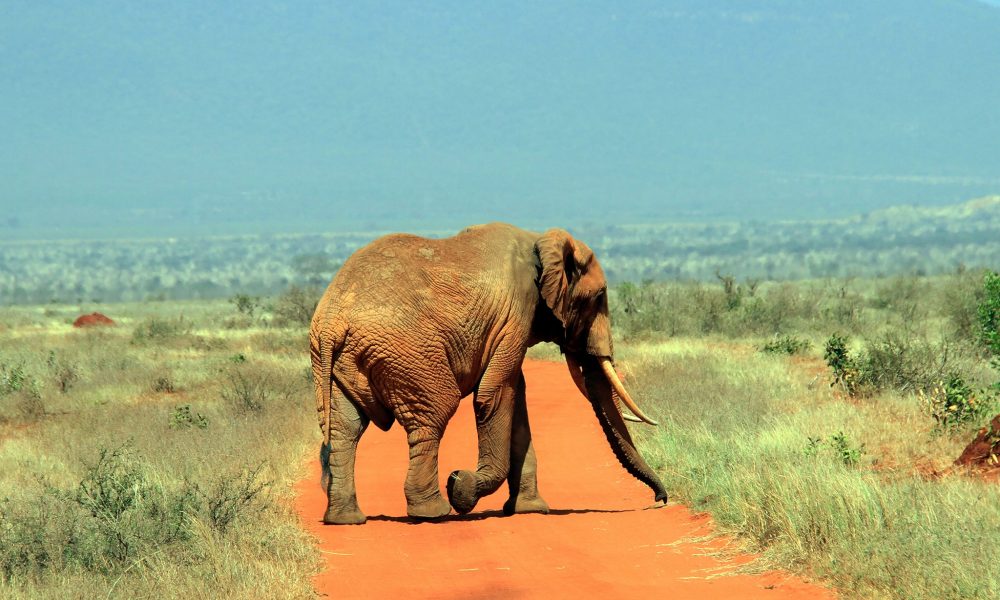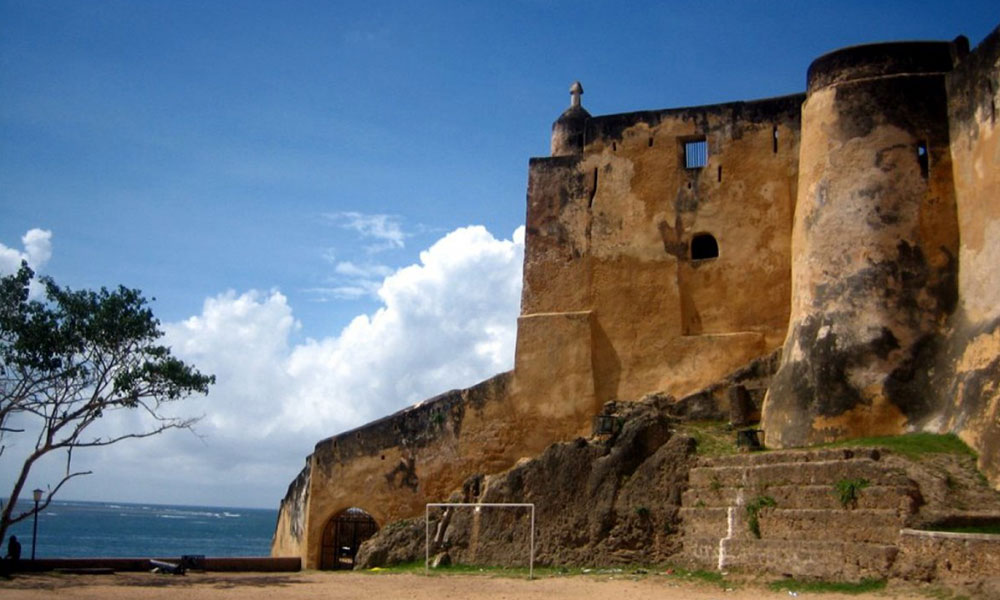Lake Nakuru is famous for inhabiting large concentrations of flamingos and it is one of the most well-known game reserves in Kenya. The highlight of Lake Nakuru National Park is the huge shallow lake which features a diversity of birdlife such as huge numbers of flamingos as well as large numbers of pelicans.
The park is popular for the large flocks of the lesser and greater flamingos and in 1960 it was gazette as a habitat for birds, then 8 years later it was awarded the status on a national park during 1968. Lake Nakuru is a very significant wetland internationally, that was proclaimed a Ramsar site in 1990 and declared a UNESCO World Heritage Site in 2011. this National Park occupies a total area of 188 km2 however the main highlight of this park which is the Lake covers 62 km2 of the total park’s area.
Lake Nakuru as well as the encompassing national park offer a home to millions of flamingos, more than 450 bird species as well as rhinos which can all be seen here based on the time of the year you visit the park. It is popular for having four of the members of the Big Five, in addition to pythons and 56 species of mammals. Lake Nakuru Park is among the top national parks in Kenya and it can easily be combined with a safari to Amboseli National Park as well as the renowned Masai Mara National Park.
The landscape and scenery of Lake Nakuru National Park is exceptionally beautiful. The banks of the lake are overlooked by the Rift Valley escarpment that is littered with euphorbia trees. A thick mist normally blankets the lake and the neighboring yellow fever trees.
Location of Lake Nakuru National Park
Lake Nakuru is situated 166 km from Kenya’s capital Nairobi which is a 3 hour trip by road. It is located near Nakuru and Lake Baringo, in the south of Nakuru County. Its lake – Lake Nakuru is among the many soda lakes in the Great Rift Valley area in Kenya and some of the other soda lakes include Lake Baringo, Lake Naivasha, Lake Elementaita plus Lake Bogoria. Lake Nakuru is found within the national park. It is at an altitude of 1754 meters above sea level and it truly a sight to behold. Safari Desire suggests Lake Nakuru tours such as the 4 Days Kenya Safari Masai Mara & Lake Nakuru for tourists that are visiting Kenya for the first time especially those that love birding. In addition, the park can be visited on day trips especially by those with limited safari time.
Attractions in Lake Nakuru National Park | What to see
-
Flamingos on Lake Nakuru
The flamingos at Lake Nakuru are its major attraction. Sometimes, the number of flamingoes can spike to about 1.5 million. the lake has two species of flamingoes that is, the lesser and greater flamingos. The lesser flamingos have a higher population than the greater flamingos and they are usually appear in most photos and are filmed in majority of the documentaries. In spite of being categorized as lesser and greater flamingos, the difference between these two types has nothing to do with their size. The distinction is in the way their bodies are built. The lesser flamingos have a long black tint on their whole beak while the greater flamingos have the black shade at the end of their beak. The lesser flamingos have a bright pink tone on their feathers and sometimes they have black patches on their wings. The greater flamingos on the contrary lighter tint of pink and the feathers have the same color.
Lake Nakuru has alkaline waters that provide a conducive environment for the thriving of blue-green Cyanophyte Spirulina Plantesis (Blue-green algae) which the flamingoes feed on. The blue-green algae draws large numbers of greater and lesser flamingos and when you are still a distance from the lake, it will seem like a pink large blanket. It is from this that Lake Nakuru derives its other names like the ‘bird watcher’s paradise’ plus the ‘Pink Lake’ from.
Please Note: You cannot take boat rides on Lake Nakuru however you are allowed to enjoy the stunning sight from the banks of the lake or in your safari car.
-
The Rhino Sanctuary
Lake Nakuru National Park is home to one of the largest rhino sanctuaries in the whole world. It occupies an area of 188 km that is enclosed inside the park and it was set up to preserve the very threatened black and white rhinos. This sanctuary saw the number of rhinos shot up again, and by 2009, Lake Nakuru National Park was a home to over 70 southern white rhinos as well as 25 eastern black rhinos. Another place that you can spot the Black Rhinos is Masai Mara National Reserve.
-
Wildlife in Lake Nakuru National Park
Lake Nakuru National Park has documented over 400 bird species as well as hippos plus waterbucks, in addition to 4 members of the Big Five including buffaloes, lions, leopards and rhinos in addition to a diversity of other wildlife. Lake Nakuru National Park is a home to more than 56 distinct species of mammals such as lions, black and white colobus monkeys, buffalos, hyenas, vervet monkeys, giraffes, cheetahs, wildebeest, leopards, olive baboons, monkeys, black and white rhinos, warthogs and many others.
Normally, you will come across pythons within the park. This park is among the best destinations for a birding Safari in Kenya.
The best time to visit Lake Nakuru National Park
Lake Nakuru National Park can be visited all year round; however, the most recommended time is during the dry season (June until February) when the vegetation is dry and thin offering clear views of wildlife. The main challenge that affects game viewing is the rainy season (which in this park runs from March to May) as the animals have a tendency to scatter since there is availability of food and water across the park. This is obviously consistently with the best time to visit for Kenya safari.
Weather and Climate of Lake Nakuru National Park
Although the park is located next to the equator, it does not usually get hot at Lake Nakuru National Park. The altitude of the park ensures that it is cool most of the time especially at daybreak. You will have to wear warm clothes if you are taking a game drive in the early morning. The dry season runs from June until February then the short rainy season that takes place from March until May is at its peak in April.
Lake Nakuru Park Entrance Fees
For nationals, adults pay Ksh 860 and children pay Ksh 215
For foreign residents, the adults will pay Ksh 1030 and the children will pay Ksh 515.
For non-residents foreign visitors, the children will pay 35 USDs while the adults will pay USD 60.
Kenya Safari Tours
Kenya Safari Destinations
Apart from great numbers of birds the Park is also home to plain game animals and also with luck one can set eye on the rare White rhinoceros, or the Rothschild giraffe. Still, lucky enough you may come out of the park triumphant having spotted the ‘BIG FIVE’.
Check out our 5 days Kenya Wildlife safari that includes Lake Nakuru National Park.
Lake Nakuru National Park can be toured individually for a 2 or 3 days safari or toured as part of a longer Kenya Safari. We offer both lodges safaris and Camping safaris to Lake Nakuru National Park.

